- Written By Team DWS
- Festivals
- October 30, 2024
Celebrating Govardhan Puja: The Significance and Rituals of this Joyous Festival
Among the pantheon of festivals celebrated across India, Govardhan Puja holds a special place, resonating deeply with the rich tapestry of Hindu mythology and spirituality. This vibrant festival, observed mainly in the northern parts of the country, particularly in the state of Uttar Pradesh, is dedicated to Lord Krishna and the sacred Govardhan Hill. Falling on the day after Diwali, Govardhan Puja is not merely a cultural celebration but a profound expression of devotion, reverence, and gratitude.

The Mythological Significance of Govardhan Puja
The origins of Govardhan Puja can be traced back to the ancient texts of Hindu mythology, particularly the Bhagavata Purana. According to the narratives, the people of Gokul used to worship Indra, the king of the heavens, to ensure good rainfall and bountiful harvests. However, young Krishna, manifesting his divine powers, realized that the villagers' devotion was misplaced, and instead, they should be venerating Govardhan Hill, which provides them with sustenance and protection.
In a bid to teach Indra a lesson, Krishna lifted the Govardhan Hill on his little finger, providing shelter to the villagers from torrential rains unleashed by the angry rain god. This remarkable act not only highlighted Krishna's divine prowess but also fostered a deep sense of gratitude among the villagers toward Govardhan Hill.
Consequently, Govardhan Puja celebrates Krishna's victory over Indra and symbolizes the importance of nature and the environment in sustaining life. This festival serves as a reminder of humanity's interconnectedness with nature, urging us to appreciate and protect our natural resources.
Rituals and Celebrations
Govardhan Puja is marked by a series of vibrant rituals and customs that bring communities together. The festivities vary across regions, but certain core practices resonate universally:
1. Preparation of Annakoot
One of the most significant rituals of Govardhan Puja involves creating a mountain of food known as Annakoot. Devotees prepare an extensive variety of vegetarian dishes—often numbering in the hundreds—to pay tribute to Lord Krishna. This bountiful display symbolizes the abundance offered by Govardhan Hill and the gratitude of the devotees.
The preparation of Annakoot typically includes traditional dishes like khichdi, puris, sweets, and various seasonal vegetables, thoughtfully arranged to resemble the Govardhan Hill itself. This grand feast is then offered to Krishna, and after the worship rituals, it is shared among family members, friends, and neighbors, signifying community bonding and the spirit of sharing.
2. Creating the Govardhan Hill
In many households, a small representation of the Govardhan Hill is made using cow dung, clay, or other natural materials. This hillock is adorned with flowers, leaves, and various decorative items. The act of making this miniature hill is significant, embodying devotion and artistic expression.
Families often place small idols or pictures of Lord Krishna at the top of this hill, paying homage to the divine figure associated with the event. The hill is worshipped with chants, mantras, and offerings, drawing devotees together in a shared spiritual endeavor.
3. Performing Aarti and Chanting Bhajans
After the Annakoot preparation and decoration of the Govardhan Hill, families come together for a spiritual session that includes Aarti and bhajan singing. Aarti, an essential ritual, involves the offering of a lit lamp to the deity, while bhajans echo the love and devotion towards Lord Krishna. This musical expression of faith enhances the atmosphere of celebration and devotion, invoking blessings for peace, prosperity, and harmony.
4. A Day of Community and Festivity
Govardhan Puja transcends individual households; it is a festival of community. Temples often organize larger-scale celebrations, where devotees gather to participate in the festivities together. The sense of unity is palpable as people engage in communal prayers, share meals, and strengthen social ties.
In some regions, the festival is also marked by the tradition of Govardhan Puja celebrations in which groups of people embark on processions carrying replicas of the Govardhan Hill. This lively parade is filled with joy, music, and dance, symbolizing the triumph of love and devotion.
Conclusion
Govardhan Puja is a heartwarming festival that encapsulates the essence of Hindu spirituality and community. Through its rich traditions and rituals, it encourages us to reflect on our relationship with nature, promoting an understanding of gratitude and stewardship toward our environment.
As families gather to celebrate, the festival fosters unity, love, and devotion—the cornerstones of human existence. In a world often filled with challenges and chaos, Govardhan Puja serves as a reminder to cherish our connections with one another and the natural world around us. It calls us to recognize the value of humility and service, encouraging acts of kindness and compassion. Ultimately, Govardhan Puja is not just a religious observance; it is a celebration of life itself, urging us to honor the divine in every aspect of our existence and to live in harmony with both our communities and the planet. Through its teachings, the festival inspires hope and renewal, reinforcing the belief that together, we can overcome obstacles and create a brighter future for generations to come.

Govardhan Puja FAQs: Your Guide to Understanding the Significance and Traditions
Here are some frequently asked questions (FAQs) about Govardhan Puja:
1. What is Govardhan Puja?
Govardhan Puja is a Hindu festival celebrated to commemorate the lifting of the Govardhan Hill by Lord Krishna. It typically occurs a day after Diwali, on the Shukla Paksha Pratipada (first day of the waxing moon) in the month of Kartik.
2. Why is Govardhan Puja celebrated?
The festival celebrates the victory of Lord Krishna over Indra, the god of rain, and signifies the importance of nature and its preservation. The belief is that by worshipping Govardhan Hill, devotees seek blessings for prosperity and peace.
3. How is Govardhan Puja celebrated?
Celebrations involve creating a small hill with cow dung representing Govardhan Hill, which is then adorned with flowers, colorful rangoli, and offerings of various food items, especially sweets. Devotees perform prayers and rituals to honor Lord Krishna.
4. What are the rituals involved in Govardhan Puja?
The rituals typically include:
- Creating a representation of Govardhan Hill.
- Offering prayers (puja) and aarti (light offerings).
- Preparing and distributing prasadam (food offered to deities) among family and friends.
5. What is the significance of cow dung in Govardhan Puja?
Cow dung is considered sacred in Hindu culture and is used to create the replica of Govardhan Hill. It symbolizes purity and sustenance, as it is also used in farming.
6. What types of food are offered during Govardhan Puja?
Devotees offer a variety of vegetarian dishes, sweets, and other delicacies during Governath Puja, emphasizing the importance of offering food that is pure and respectful.
7. Is there a specific time for performing Govardhan Puja?
While there is not a strict time, it is customary to perform the puja during the day of Pratipada, the first day after Diwali, ensuring to complete the rituals before sunset.
8. Who carries out the Govardhan Puja?
Govardhan Puja is generally performed by families, especially in homes devoted to Lord Krishna, often led by the eldest member or a priest in the community.
9. What is the significance of offering prayers to Govardhan Hill?
Offering prayers to Govardhan Hill symbolizes devotion to God, respect for nature, and a vow to work towards its preservation. It reinforces the belief that all creation is interconnected.
10. Can anyone celebrate Govardhan Puja?
Yes, Govardhan Puja can be celebrated by anyone who wishes to honor Lord Krishna and the essence of nature. It is a family-oriented festival and offers a sense of community and togetherness.
11. Are there any specific mantras or prayers recited during Govardhan Puja?
Yes, devotees often recite specific mantras and prayers dedicated to Lord Krishna, including the Govardhan Stotra and other related hymns.
12. How does Govardhan Puja relate to Diwali?
Govardhan Puja is celebrated the day after Diwali, linking the two festivals. Diwali signifies the return of Lord Rama to Ayodhya, while Govardhan Puja honors Lord Krishna’s divine act, thereby emphasizing the strength of devotion and the importance of divine blessings.
These FAQs should provide a comprehensive understanding of Govardhan Puja and its significance to those interested in this important Hindu festival.
Popular on Blogs
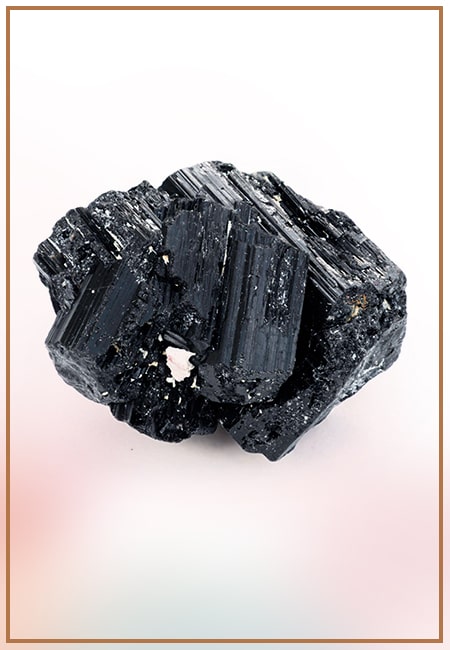
Black Tourmaline: Meaning, Healing Properties, Fascinating Facts, Powerful Attributes, Versatile Uses, and Beyond
September 05, 2023 / BY Team DWS
Black Tourmaline, also known as Schorl, is a highly revered crystal with incredible metaphysical properties. It derives its name from the Dutch word "turamali," meaning "stone with ..
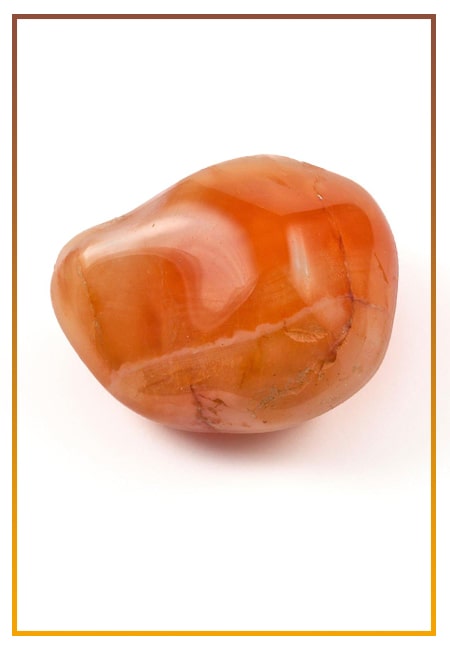
Carnelian Stone: Meaning, Healing Properties, Power, Facts, Color, Uses and More
December 26, 2023 / BY Team DWS
Carnelian is a vibrant and captivating gemstone that holds a plethora of meanings, healing properties, and powers. Its warm and fiery energy makes it a popular choice among crystal ..
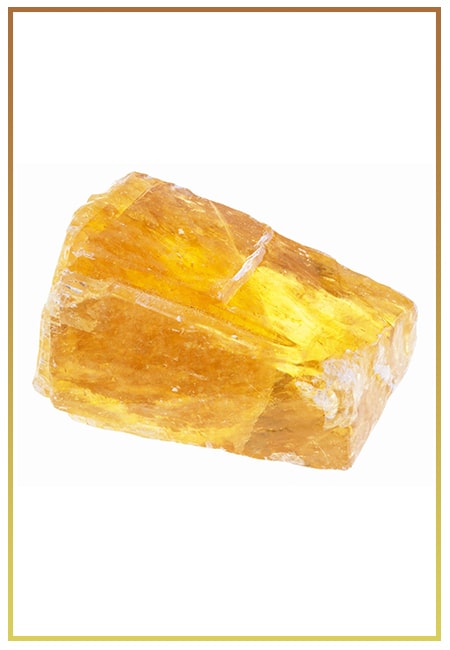
Citrine: Exploring its Meaning, Healing Properties, Fascinating Facts, Powers, Versatile Uses, and Much More
November 18, 2023 / BY Team DWS
Citrine, with its warm golden hues, has captured the attention and imagination of people for centuries. This beautiful gemstone, commonly associated with wealth and prosperity, hol ..

Black Onyx: Unveiling the Meaning, Healing Properties, Fascinating Facts, Powerful Attributes, Versatile Uses, and Beyond
July 25, 2023 / BY Team DWS
Black Onyx, a striking gemstone admired for its deep black hue and elegant appearance, has captivated people for centuries. In this comprehensive guide, we will delve into the mean ..
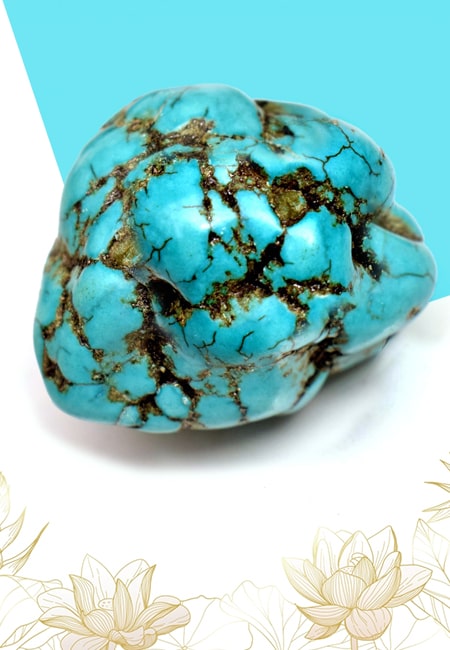
Unveiling the Mysteries of Turquoise Stone: Exploring its Meaning, Healing Properties, Power, Facts, Color, Uses, and More
December 05, 2023 / BY Team DWS
Turquoise, with its captivating blue-green hue, has been adorning jewelry and artifacts for centuries. This striking stone has a rich history, rich symbolism, and a plethora of int ..
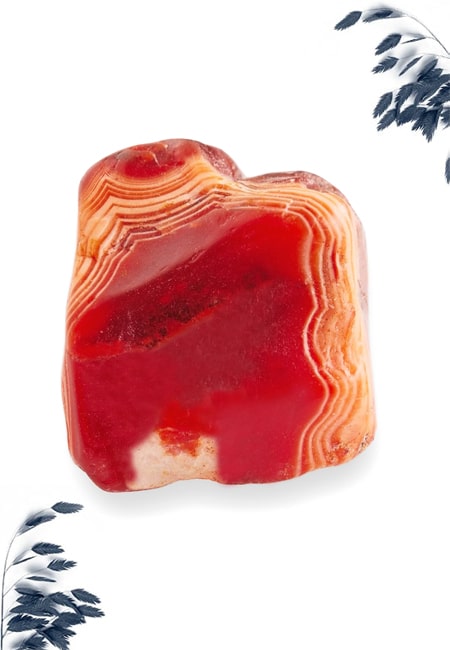
The History Behind The Popularity of Red Agate
December 23, 2022 / BY Team DWS
An Agate is a type of magma rock that takes many years till it is washed out naturally into the water. And that is the reason this stone has elements of water. This beautiful stone ..

Plan a Perfect Valentine's Week with Our Valentine Week List 2025
January 22, 2024 / BY Team DWS
Valentine's Day is undoubtedly the most romantic day of the year, but we believe that one day is just not enough to express your love and make your partner feel special. That's why ..

Bloodstone: Unveiling the Meaning, Healing Properties, Facts, Powers, Uses, and More
August 21, 2023 / BY Team DWS
Bloodstone, with its captivating deep green color with specks of red, is a mesmerizing gemstone that has fascinated civilizations for centuries. It possesses unique healing propert ..


